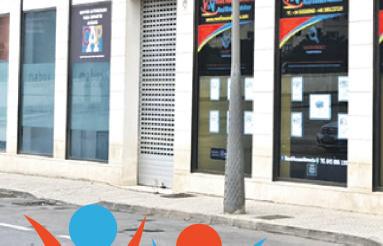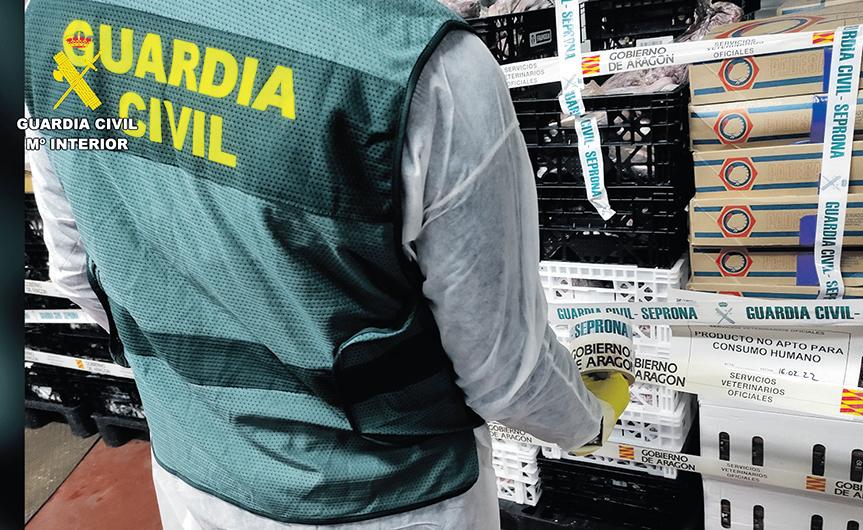
2 minute read
The Galician Stick



UPON entering the confines of rural Galicia, one of the first things that jumps out is the use of the stick. No, it’s not a cane. This stick doesn’t sport a brass or curved, crooked handle. It’s just a long stick young or old; everyone has one.
Coming from a stickless society in the US, the need for one on a ramble down a country lane seemed off. Sure, all the pilgrims walking the Camino de Santiago through Galicia use walking poles on their epic journeys. But the Galician stick bearers weren’t pilgrims. They are women in aprons or men in pullovers and flat caps. Like something from another century. So, what’s with the stick, I wondered.
It turns out, sticks aren’t what they seem. They are often heirlooms handed down from a parent or grandparent to an adult child. Cherished. So the stick carried by our neighbour to herd her cows from one field to another might well be over 100 years old. And I’m pretty sure these wooden rods are filled with magic.
Our neighbour stopped by to deliver vegetables. She had her stick, and we exchanged pleasantries. When she left, I noticed she had left her stick. Surely, I would see her later. I put it into the umbrella stand and forgot about it. But there was a knock shortly she was back. “This was my Mother’s stick,” she told me. She wanted to make sure our dog didn’t get it.
We woke up one morning recently to a stick standing just inside our front door. It caught my eye, and I went over to examine it. The top had a knot smoothed over with years of use by some invisible hand.

But where had it come from? I asked my husband, Jeff, and he knew nothing about it.
It seems Galicia provided us with a stick, knowing we are here to stay.
Kelli Field is an American expat writer/blogger living in rural Galicia, and a volunteer for Age in Spain. Some of her other writing about moving to and living in Spain can be found at www.vivaespanamovingtospain.com.
If you’d like to get in touch with Age In Spain, we can be reached at info@ageinspain.org (+34 932 209 741).


POLICE have confiscated huge quantities of food across Spain, including Almeria, Alicante and Murcia, that was unfit for human consumption.
On Thursday, July 27, the Guardia Civil, gave details of Operation Potacar in which they collaborated with the veterinary services of the Provincial Health Department of the Government of Aragon, Valencia and Andalucia, resulting in the seizure of more than 28 tonnes of foodstuffs.

The food was discovered in distribution warehouses located in the provinces of Zaragoza, Valencia and Almeria. During the operation, eight people were ar rested and 81 others are being investigated for alleged offences of fraud, public health, falsification of documents and belonging to a criminal group.
The first inspection took place at the premises of a company located in Cuarte de Huerva in Zaragoza.



Investigators seized 1,222 kilos of foodstuffs that were irregular because they had been relabelled with an extension of bestbefore date.
After analysing traceability, the investigators confirmed that various batches had been sold to other establishments with dates that had been exceeded.
In a second inspection of another company in










